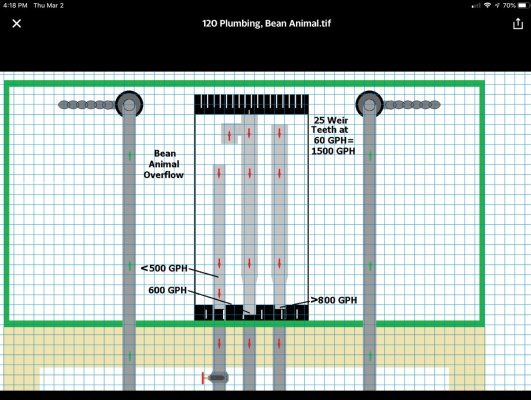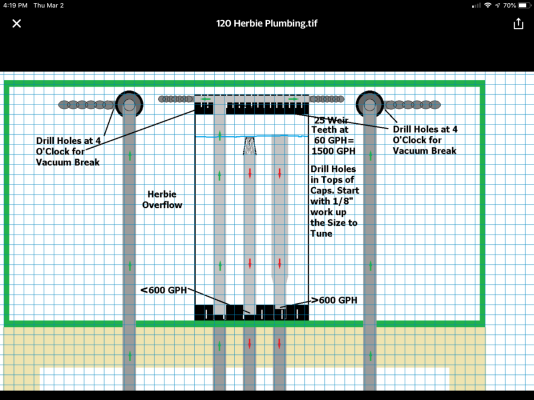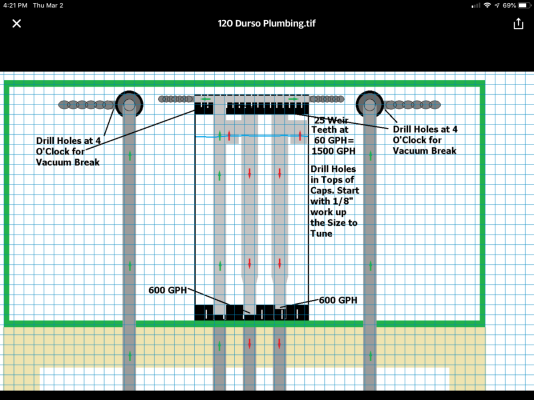(Drainage in this case being the pipes going from overflow to sump. Also, sorry if this is in the wrong forum lol.)
I don't plan on making one because I don't have the money, and I'm not making a sump + refugium for a 10 gallon aquarium, at least not right now. Maybe in the future, when I'm able to save up, and on a bigger tank. I would like to put one on the 10 gallon, but most people would say this is unnecessary. To me, it's extra water volume and I think it could be helpful. (And, to me, I don't like the way HOB overflows make so much noise.) Also, the light I bought is technically a refugium light (the ACKE LED light, 12 watt) - or that's what everybody who bought them said. Oops! I had misread and thought it would have been good for the tank.
But I digress - what I planned on asking, was about pipe sizes. I really like the idea of the Bean Animal overflow because it's said - with some changes, perhaps - to be almost nearly silent (relatively) and very fail-proof. How small, really, can overflow pipes be without being unusable?
And, as a second question - what does this look like set up? I never see actual pictures of the full setup (i.e. pipes running into the sump) because they're often diagrams or just pictures of the pipes attached to the overflow. I can't wrap my head around what the pipes look like when fully plumbed into the sump because I know that normally, the single-tube sumps drain into a specific part of the sump and are usually supplemented by a filter sock in a holder. How do these three-pipe versions work?
I don't plan on making one because I don't have the money, and I'm not making a sump + refugium for a 10 gallon aquarium, at least not right now. Maybe in the future, when I'm able to save up, and on a bigger tank. I would like to put one on the 10 gallon, but most people would say this is unnecessary. To me, it's extra water volume and I think it could be helpful. (And, to me, I don't like the way HOB overflows make so much noise.) Also, the light I bought is technically a refugium light (the ACKE LED light, 12 watt) - or that's what everybody who bought them said. Oops! I had misread and thought it would have been good for the tank.
But I digress - what I planned on asking, was about pipe sizes. I really like the idea of the Bean Animal overflow because it's said - with some changes, perhaps - to be almost nearly silent (relatively) and very fail-proof. How small, really, can overflow pipes be without being unusable?
And, as a second question - what does this look like set up? I never see actual pictures of the full setup (i.e. pipes running into the sump) because they're often diagrams or just pictures of the pipes attached to the overflow. I can't wrap my head around what the pipes look like when fully plumbed into the sump because I know that normally, the single-tube sumps drain into a specific part of the sump and are usually supplemented by a filter sock in a holder. How do these three-pipe versions work?

















